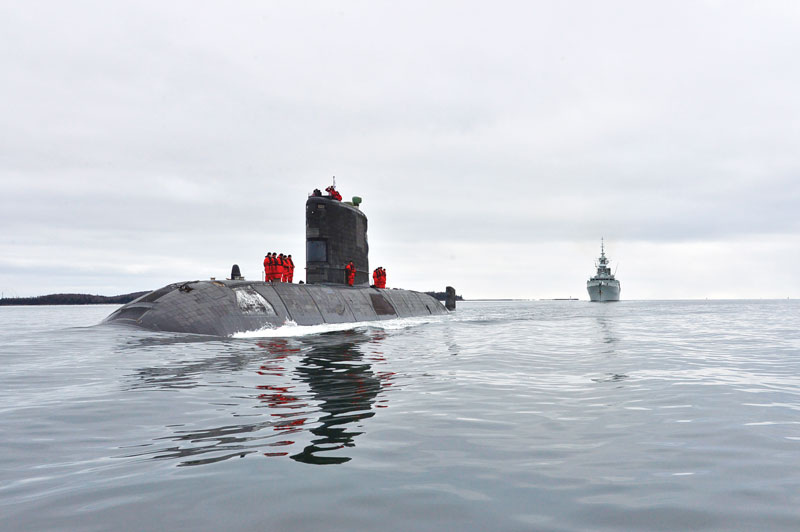
Canada is slowly, and finally, acquiring the modern equipment needed for a 21st-century military, which is critical as tensions climb throughout the world and the threat of conflict in Canada’s Arctic rises.
Last March, the federal government began initial steps to acquire an up-to-date aircraft to replace the country’s Aurora reconnaissance planes, which entered service in 1980. While money needs to be spent upgrading the current fleet of Aurora aircraft until the replacement is available, it appears that Canada’s next surveillance aircraft will be the Boeing P-8A (a military derivative of Boeing’s 737 passenger jet).
There is still a possibility that Canada might solicit bids for this purchase, which would allow Bombardier to put forward a smaller, built-in-Canada aircraft option. This past March, Public Services and Procurement Canada confirmed it had issued a letter of request to the U.S. government about the P-8A. But, the deparment made it clear in an article in the Ottawa Citizen that, while the country hasn’t made an outright request to purchase that aircraft, it is “the only aircraft that meets the military’s needs.”
That same month at the annual Ottawa Conference on Security and Defence, General Wayne Eyre, the defence chief, presented a list of equipment needed by the Canadian Armed Forces if it’s to perform at a level expected of a NATO member and a G7 country of nearly 40 million people. Modern submarines were at the top, followed by new tactical helicopters, an airborne early warning and control aircraft, armoured vehicles to fully equip Canada’s six infantry battalions, and HIMARS light multiple rocket launchers, capable of long-range precision strikes.
All of these should be on the government’s shopping list, but they’re not. Probably the most important item is a new submarine fleet. The current Victoria-class subs are expected to last at least another decade, even though they have been plagued by all sorts of mishaps ever since they were obtained from the U.K. beginning in the late 1990s. Plus, the diesel-electric powered vessels have no under-ice capability and they can’t be fitted with any modern air-independent propulsion systems that would address that.
Two years ago, the Royal Canadian Navy announced it was creating a special team to examine what capabilities its new submarines should have, but it seems little progress has been made to convince the government of the priority. This despite a spokesperson for Defence Minister Anita Anand telling The Canadian Press this past March that submarines are “one of Canada’s most strategic assets for conducting surveillance of Canadian and international waters, including the near Arctic.”
Nuclear submarines, of course, are the only current option that can help tell the Canadian government exactly what’s going on in its Arctic waters during the coldest season.
Nuclear subs are not cheap. Australia is expected to spend the equivalent of roughly $330 billion during a 30-year period to build its own, albeit with extensive technological help promised by the U.S. and U.K. in a trilateral security pact signed, coincidentally, this past March.
Probably the most important item is a new submarine fleet.
Can Canada afford that? Over three decades, of course it can. The recent expansion of social program spending alone, for instance, could cover those costs. If only safeguarding Canada’s hold on its Arctic archipelago was as high a priority as fixing the teeth of Canadians with no dental insurance or who can not otherwise afford dentists.
What’s needed is an immediate increase of the defence budget from its current 1.32 per cent of gross domestic product to just 1.5 per cent. Not even the NATO target of two per cent is needed. Were that to happen, then sometime in the next two decades Canada would have protection for its army from air attack, first-rate fighter aircraft, a navy with three (not two) replenishment ships, 15 or so new surface combatants, a permanent force military of more than 100,000 and reconnaissance and surveillance capacity suitable for a maritime nation of its size.
The very first responsibility of a government is to guard the sovereignty of the nation. Given the current lack of resources of its military, Canada is seriously threatening its ability to uphold that responsibility. The only real question is whether Canadians will hold it to account.
Advertisement













